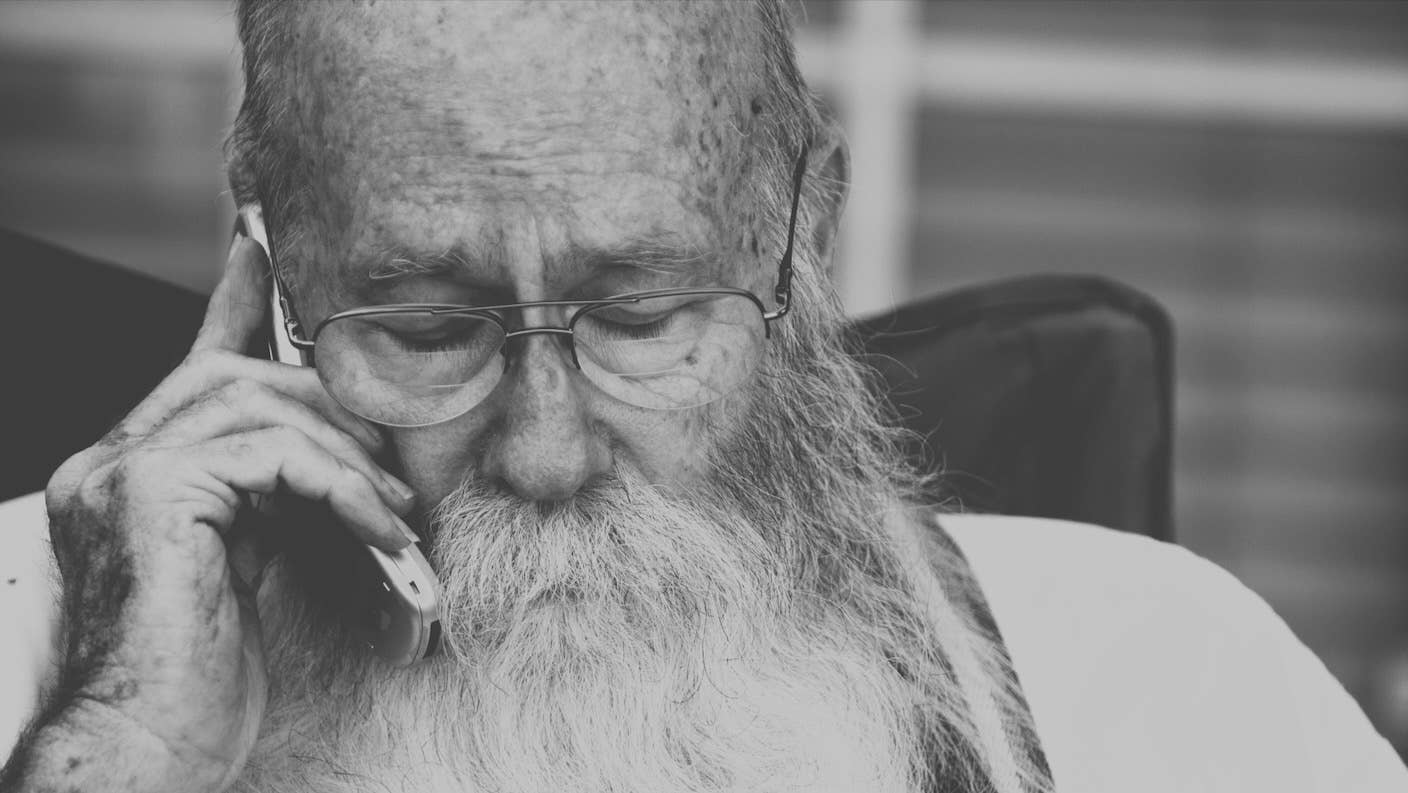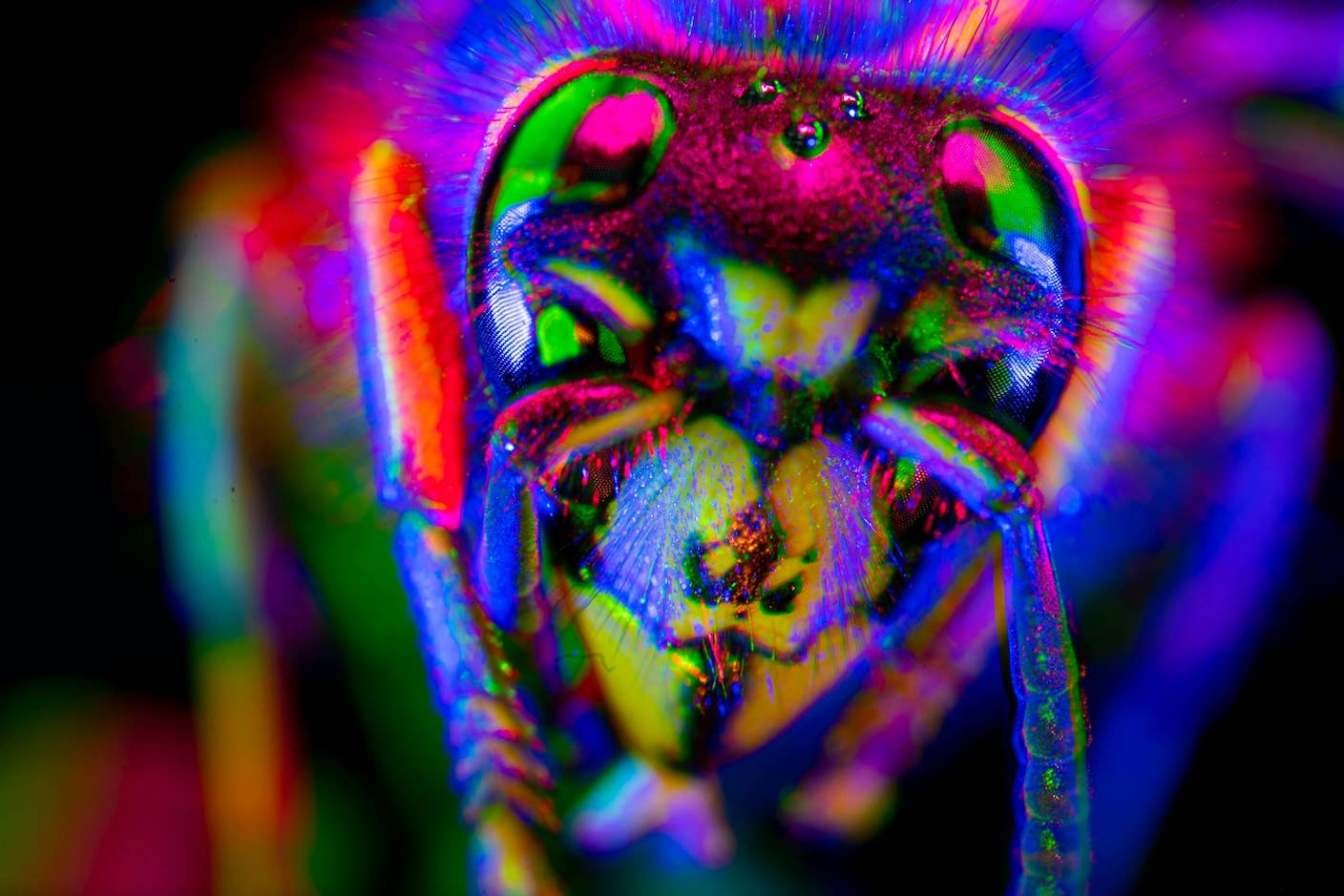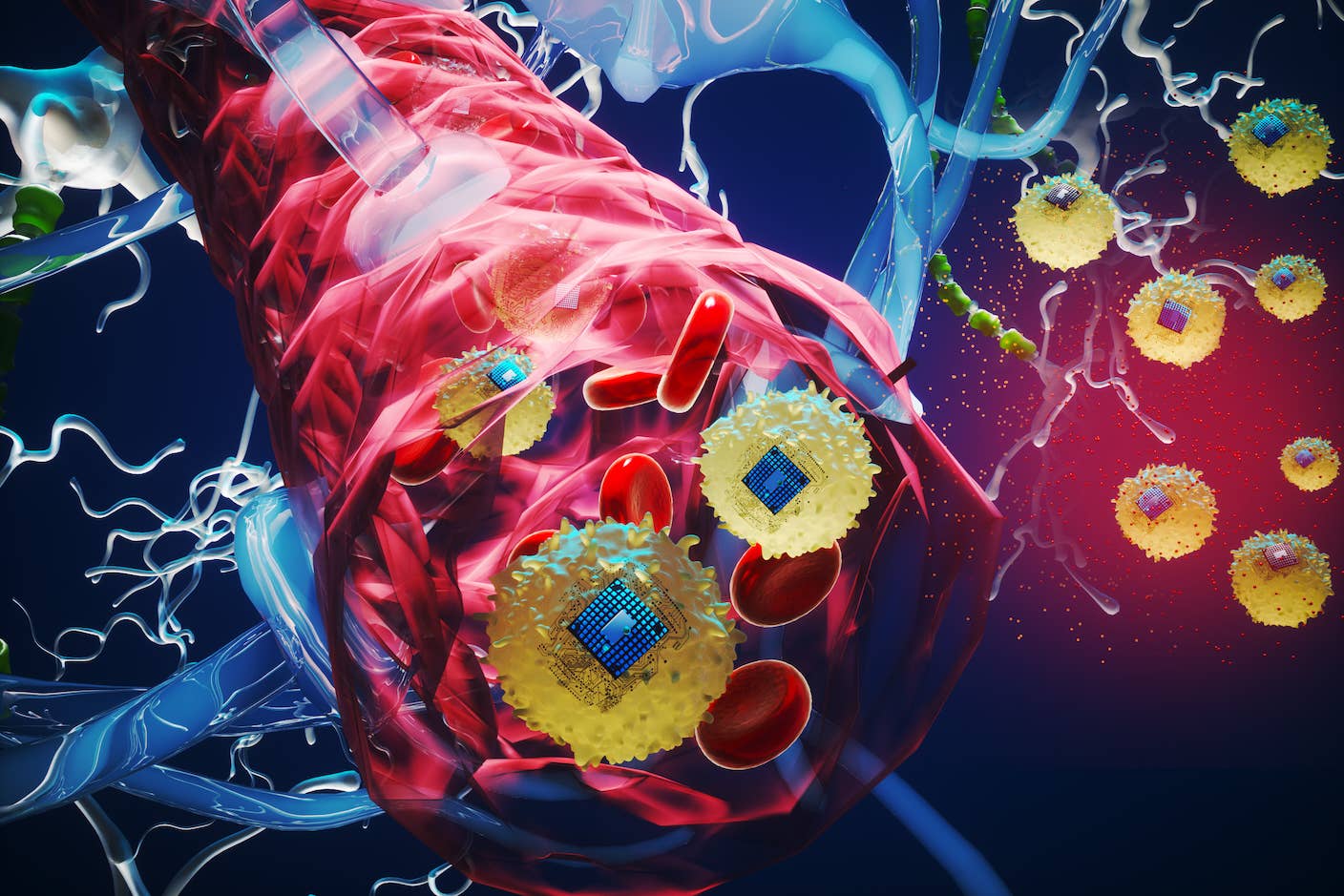The Secret to Predicting How Your Brain Will Age May Be in Your Blood

Share
Brain aging occurs in distinctive phases. Its trajectory could be hidden in our blood—paving the way for early diagnosis and intervention.
A new study published in Nature Aging analyzed brain imaging data from nearly 11,000 healthy adults, middle-aged and older, using AI to gauge their “brain age.” Roughly half of participants had their blood proteins analyzed to fish out those related to aging.
Scientists have long looked for the markers of brain aging in blood proteins, but this study had a unique twist. Rather than mapping protein profiles to a person’s chronological age—the number of years on your birthday card—they used biological brain age, which better reflects the actual working state of the brain as the clock ticks on.
Thirteen proteins popped up—eight associated with faster brain aging and five that slowed down the clock. Most alter the brain’s ability to handle inflammation or are involved in cells’ ability to form connections.
From these, three unique “signatures” emerged at 57, 70, and 78 years of age. Each showed a combination of proteins in the blood marking a distinct phase of brain aging. Those related to neuron metabolism peaked early, while others spurring inflammation were more dominate in the twilight years.
These spikes signal a change in the way the brain functions with age. They may be points of intervention, wrote the authors. Rather than relying on brain scans, which aren’t often available to many people, the study suggests that a blood test for these proteins could one day be an easy way to track brain health as we age.
The protein markers could also help us learn to prevent age-related brain disorders, such as dementia, Alzheimer’s disease, stroke, or problems with movement. Early diagnosis is key. Although the protein “hallmarks” don’t test for the disorders directly, they offer insight into the brain’s biological age, which often—but not always—correlates with signs of aging.
The study helps bridge gaps in our understanding of how brains age, the team wrote.
Treasure Trove
Many people know folks who are far sharper than expected at their age. A dear relative of mine, now in their mid-80s, eagerly adopted ChatGPT, AI-assisted hearing aids, and “Ok Google.” Their eyes light up anytime they get to try a new technology. Meanwhile, I watched another relative—roughly the same age—rapidly lose their wit, sharp memory, and eventually, the ability to realize they were no longer logical.
My experiences are hardly unique. With the world rapidly aging, many of us will bear witness to, and experience, the brain aging process. Projections suggest that by 2050, over 1.5 billion people will be 65 or older, with many potentially experiencing age-related memory or cognitive problems.
But chronological age doesn’t reflect the brain’s actual functions. For years, scientists studying longevity have focused on “biological age” to gauge bodily functions, rather than the year on your birth certificate. This has led to the development of multiple aging clocks, with each measuring a slightly different aspect of cell aging. Hundreds of these clocks are now being tested, as clinical trials use them to gauge the efficacy of potential anti-aging treatments.
Many of the clocks were built by taking tiny samples from the body and analyzing certain gene expression patterns linked to the aging process. It’s tough to do that with the brain. Instead, scientists have largely relied on brain scans, showing structure and connectivity across regions, to build “brain clocks.” These networks gradually erode as we age.
The studies calculate the “brain age gap”— the difference between the brain’s structural integrity and your actual age. A ten-year gap, for example, means your brain’s networks are more similar to those of people a decade younger, or older, than you.
Most studies have had a small number of participants. The new study tapped into the UK Biobank, a comprehensive dataset of over a million people with regular checkups—including brain scans and blood draws—offering up a deluge of data for analysis.
The Brain Age Gap
Using machine learning, the study first sorted through brain scans of almost 11,000 people aged 45 to 82 to calculate their biological brain age. The AI model was trained on hundreds of structural features of the brain, such as overall size, thickness of the cortex—the outermost region—and the amount and integrity of white matter.
Be Part of the Future
Sign up to receive top stories about groundbreaking technologies and visionary thinkers from SingularityHub.


They then calculated the brain age gap for each person. On average, the gap was roughly three years, swinging both ways, meaning some people had either a slightly “younger” or “older” brain.
Next, the team tried to predict the brain age gap by measuring proteins in plasma, the liquid part of blood. Longevity research in mice has uncovered many plasma proteins that age or rejuvenate the brain.
After screening nearly 3,000 plasma proteins from 4,696 people, they matched each person’s protein profile to the participant’s brain age. They found 13 proteins associated with the brain age gap, with most involved in inflammation, movement, and cognition.
Two proteins particularly stood out.
One called Brevican, or BCAN, helps maintain the brain’s wiring and overall structure and supports learning and memory. The protein dwindles in Alzheimer’s disease. Higher levels, in contrast, were associated with slower brain aging and lower risk of dementia and stroke.
The other protein, growth differentiation factor 15 (GDF15), is released by the body when it senses damage. Higher levels correlated with a higher risk of age-related brain disease, likely because it sparks chronic inflammation—a “hallmark” of aging.
There was also a surprising result.
Plasma protein levels didn’t change linearly with age. Instead, changes peaked at three chronological ages—57, 70, and 78—with each stage marking a distinctive phase of brain aging.
At 57, for example, proteins related to brain metabolism and wound healing changed markedly, suggesting early molecular signs of brain aging. By 70, proteins that support the brain’s ability to rewire itself—some strongly associated with dementia and stroke—changed rapidly. Another peak, at 78, showed protein changes mostly related to inflammation and immunity.
“Our findings thus emphasize the importance and necessity of intervention and prevention at brain age 70 years to reduce the risk of multiple brain disorders,” wrote the authors
To be clear: These are early results. The participants are largely of European ancestry, and the results may not translate to other populations. The 13 proteins also need further testing in animals before any can be validated as biomarkers. But the study paves the way.
Their results, the authors conclude, suggest the possibility of earlier, simpler diagnosis of age-related brain disorders and the development of personalized therapies to treat them.
Dr. Shelly Xuelai Fan is a neuroscientist-turned-science-writer. She's fascinated with research about the brain, AI, longevity, biotech, and especially their intersection. As a digital nomad, she enjoys exploring new cultures, local foods, and the great outdoors.
Related Articles

Are Animals and AI Conscious? Scientists Devise New Theories for How to Test This

These Brain Implants Are Smaller Than Cells and Can Be Injected Into Veins

This Wireless Brain Implant Is Smaller Than a Grain of Salt
What we’re reading